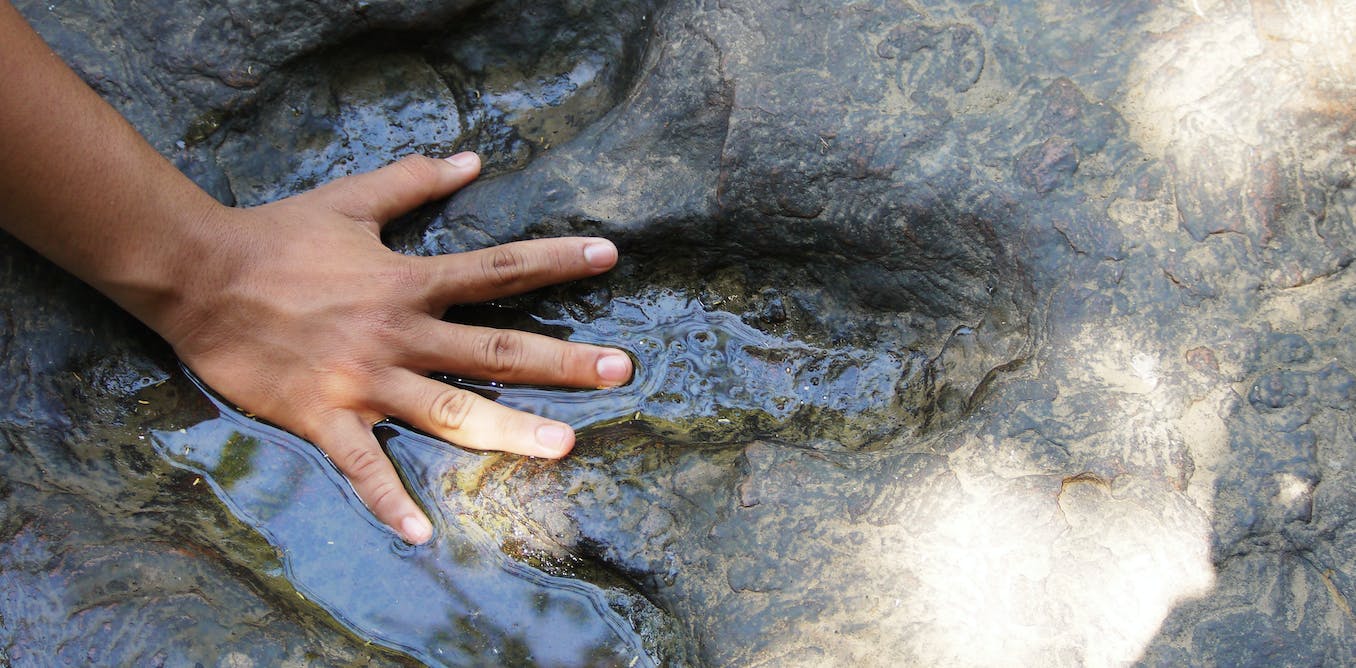- cross-posted to:
- longevity
- cross-posted to:
- longevity
But many species of reptiles, amphibians and fish do not show signs of ageing. Examples include turtles and tortoises, salamanders and rockfishes.
One study of 77 species of reptiles and amphibians published in Science in 2022 showed that age-related increases in mortality are not seen in many species of reptiles and amphibians. It is as if these animals do not age at all. Some of these animals, such as turtles, probably live longer than humans.
Perhaps if we study these apparently non-ageing species for long enough they will show signs of ageing. But good luck studying animals such as the Greenland shark, which has been estimated to live nearly 400 years.
These animals die mainly from being eaten by predators and diseases. Indeed, most animals in the wild do not die of old age and, until the 20th century, of course, most people died of infectious diseases.
Some reptiles, amphibians and fish are also known for their ability to regenerate tissue.
Amphibians evolved from fish about 370 million years ago, and about 50 million years later reptiles evolved from amphibians. Mammals then evolved from reptiles about 250-300 million years ago.
For 100 million years, during the time of the dinosaurs, mammals were at or near the bottom of the food chain. Mammals were more often prey than predators. During this time there was no reason for mammals to keep processes and genes related to long life, such as DNA repair and tissue regeneration systems.


